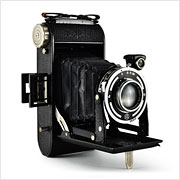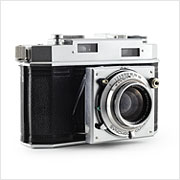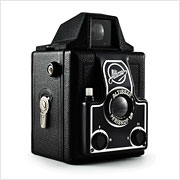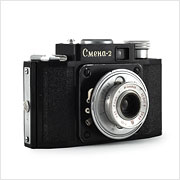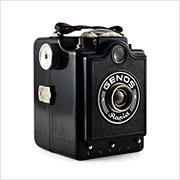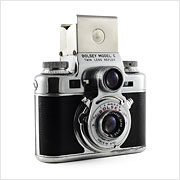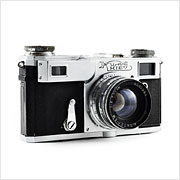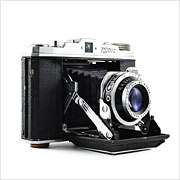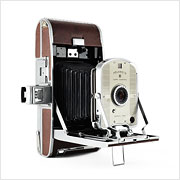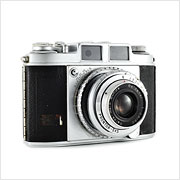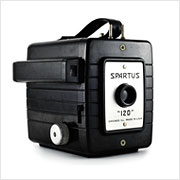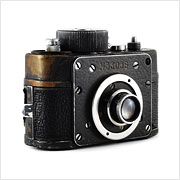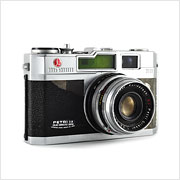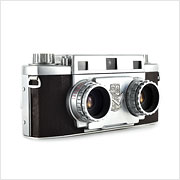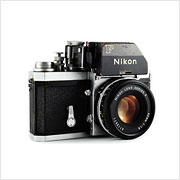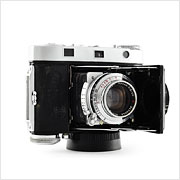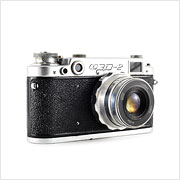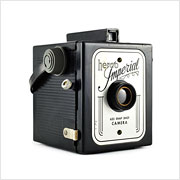Franka Rolfix Jr.
The Franka Rolfix Jr. is a medium format folding camera introduced in 1951 by Franka-Kamerawerk in Bayreuth, then part of the American Zone of Allied-Occupied Germany. Founded in 1909 by husband and wife team Franz and Leoni Vyskocil, Franka produced consumer cameras, many of them on behalf of other brands both in Germany and abroad. Designed to be the cheaper alternative to the normal Rolfix by being equipped with slower lenses and shutter assemblies, the Rolfix Jr. was debuted by Franka near the height of its success, about a decade before the company was purchased by the German manufacturer Wirgin.

